Description
Genus: Austroboletus
- Genus 2: Tylopilus
- Genus 3: Porphyrellus
Species: gracilis
- Species 2: gracilis var. gracilis
Common Name: “Graceful Bolete”
Tells: Pink or whitish cap flesh DNS. Tubes are very deep & very depressed at the stem. Long, oft-curved, oft-ridged, pale-cap-colored to brownish stem.
Other information: Maroon to cinnamon (sometimes tawny to yellow-brown) cap often cracks w/age. White pores age to pinkish, pink-brown, or burgundy & bruise darker or brownish. Found on or near decaying wood, usually alone. White mycelium. May taste vaguely sour.
Edibility: Good.
CHEMICAL TESTS:
- NH4OH (Ammonia): Cap surface flashes green & then amber to orange. Cap flesh may turn pink, but not always.
- KOH: Cap surface turns orange-brown or red. Cap flesh may turn brownish orange, but not always.
- FeSO4 (Iron Salts): No effect on cap surface. Cap flesh usually turns grayish green.
Links:
 |
0 |  |
324 |  |
80 |  |
70 |

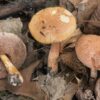
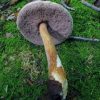
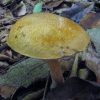
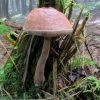
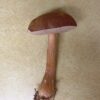
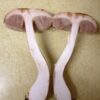

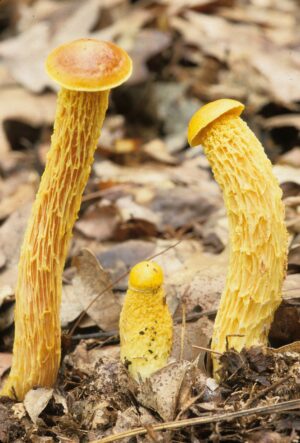
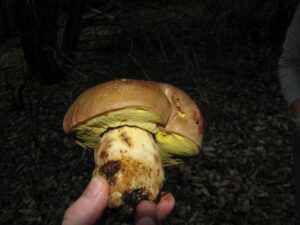
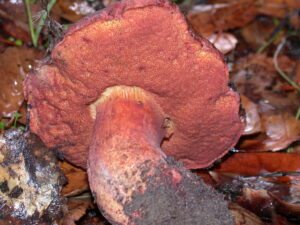
Got something to discuss?